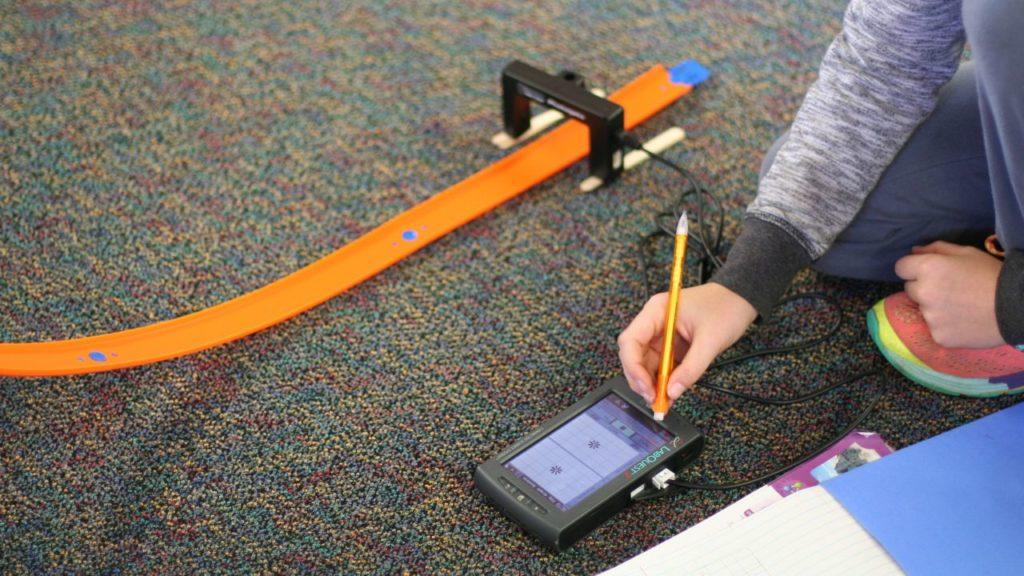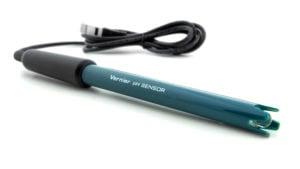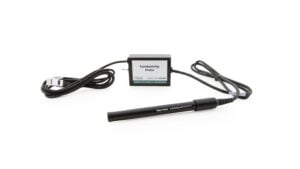As a former middle school physical science teacher and 2013 Vernier/NSTA Technology Award winner, I understand how data-collection technology can powerfully impact the teaching and learning process. Given this, providing teachers with new and innovative ways to incorporate data-collection technology into their curriculum has been a priority of mine since becoming the district’s STEM Project Coordinator in 2014.
In this role, I offer training to approximately 75 teachers who instruct grades 5–8 to learn how to use Vernier technology, design experiments and resources that engage students in hands-on learning, discuss STEM-specific instructional strategies, and provide ongoing professional development. I also send out newsletters to teachers that include different STEM ideas and resources they can use, and I go into classrooms to teach a new lesson to students (and teachers) for the first time. These various supports help teachers make data-collection technology a more embedded part of their instruction.
The accuracy, reliability, and durability of the technology, along with the support services provided by Vernier allow us to integrate the technology in a wide range of investigations.
In our district, we utilize LabQuest 2 with a variety of Vernier sensors, including motion detectors, force sensors, photogates, KidWind kits, and temperature probes. The accuracy, reliability, and durability of the technology, along with the support services provided by Vernier allow us to integrate the technology in a wide range of investigations. In the Hot Wheel lesson, for example, 6 th grade students use photogates to learn about velocity. First, students observe and record how fast a Hot Wheels car can travel on the accompanying track, and then they brainstorm, pick, and test a variable that could affect the speed of the car, such as the mass of the car, the height of the ramp, or the surface of the track. Students test the selected variable during multiple trials. During each trial, they use the photogate and LabQuest 2 to collect data to see how the variable impacts the car’s speed.
In another lesson, 6th or 7th grade Earth science students use the motion detector to map objects on a simulated ocean floor. And, in another lesson, students use force sensors to learn about force concepts as they lift objects using a lever. For each of these lessons, all of which incorporate the 5E instructional model, I provide teachers with multiple learning activities—or ways to engage students—as well as outline the state-specific science and math standards that each lesson addresses. The five E’s stand for Engage, Explore, Explain, Elaborate, and Evaluate.
Vernier technology is also utilized during a summer program we coordinate in partnership with Kansas State University for more than 300 of our students in grades 5–8. During the four-week program, students take classes at the campus and engage in various STEM activities that integrate other disciplines, such as English, music, and architecture. With architecture, for example, students discussed how to design a listening room. Through these activities, and the curriculum used throughout the school year, hands-on learning is a staple of the learning process for our students.



